With A Useful Herb Chart
First, grow herbs that deliver the flavors you love to eat! Herbs are uniquely flavorful and aromatic and will add their scent and taste to the foods you like to eat. (With herbs it’s all flavor-no calories, salt, or preservatives.) Start by growing those herbs you will use every day; later you can experiment with new flavors.
Why is Growing Your Own Favorite Herbs Such an Ideal Garden Project?

- Aromatic, flavorful, fresh herbs are incomparable! Nothing else will improve your meals so fast and easily.
- Herbs are the easiest plants to grow. They require little space and simple management.
- Herbs are a ‘cut and come again’ project. Every little plant will produce repeatedly.
See the herb list below to help you grow your favorite flavors.
Your Herb Planting List
Note especially the flavor profiles beside each herb plant. Each herb will give the meals you create a unique scent and flavor. In addition, the selections you make here are your chance to create memorable flavors for your table.
Take Your Herb Planting Ideas From What You Like To Eat
| NAME | PLANT SIZE CONTAINER? | ZONE ANNUAL PERENNIAL BIANNUAL | LIGHT & SOIL | WATER & FERTILIZER | FLAVOR PROFILE |
|---|---|---|---|---|---|
| 1. | 2. | 3. | 4. | 5. | 6. |
| Basil | 12-24″H yes | 10-12 Annual | FS Rich, moist pH5.1-8.5 | Moist, Fertilize every 4-6 weeks | Fresh, Subtle, Pepper, Mint |
| Chervil | 1′-2′ H yes | Annual Reseeds | FS/PS Moist, Light Fert. pH 6.5-7 | Keep Moist, Light Fertilizer | Delicate, Anise |
| Chive | 12″x 12″ yes | Onion 3-9 Garlic 4-9 Perennial | FS Well Drained Rich pH6.0-7 | Water Deeply Light Fertilize4-6 Weeks | Subtle Onion or Garlic |
| Cuban Oregano | 12-18″, yes | 9-11 | PS Well Drained neutral pH | Water When Dry 2′ Down, Light Fert. | Strong Oregano Flavor |
| Dill | 18″-5′ | Winter 9-11 Summer 3-7 | sun | Well-drained, neutral to slightly acidic | Anise with citrus hint |
| Lemon grass | 2-2.5’H | 9-11 | Sun | Well-drained organic | Moist, Fertilize with nitrogen |
| Marjoram | 1-2′ yes | 9-11) | Sun | Well Drained average soil | WWD, light water-soluble fertilizer |
| Oregano | 2’H, 18″W yes | 5-11 | Full Sun | well-drained average soil | Water fully, low fertilizer |
| Parsley | 12-18″ yes | 4-9 Biennial | 6-8 hrs. in AM | moist, well-drained | Water 2-3 x per week 5-10-5 vegetable fertilizer |
| Rosemary | to 3′ | 9-11 | Full Sun | average soil accepts rocky soil, well-drained | Water deeply and rarely, 1-2 weeks apart |
| Sage | 12-24″ T&W yes | 5-11 | Full Sun | soil with organic matter & well-drained | light water & fertilizer |
| Savory | 1-2′ T | Summer -annual Winter zone 5 | Full Sun | fill with organic matter & well-drained | Water to start. Drought tolerant |
| Tarragon | 2-3’Tx12″W yes | 4-11 | full/part sun | sandy/loamy | |
| Thyme | 6-15″ yes | 2-11 | Full Sun | well-drained | low water |
How to Use the Chart to Select Your Favorite Herbs
- Name-click for more information on each herb.
- Plant size/good to grow in container-Yes/No
- Growing zone-annual, perennial, biennial. Here is the USDA Plant Hardiness Zone Map to find your growing zone. Remember, low numbers are colder zones, and high numbers are warmer.
- Light and soil needs-Full Sun=FS. Part Sun=PS-Indoors-BL=bright light (also near window/ grow light)
- Water and fertilizer-WD=water deeply, WWD=water when dry, M=keep moist-LF=light fertilizer
- Flavor profile
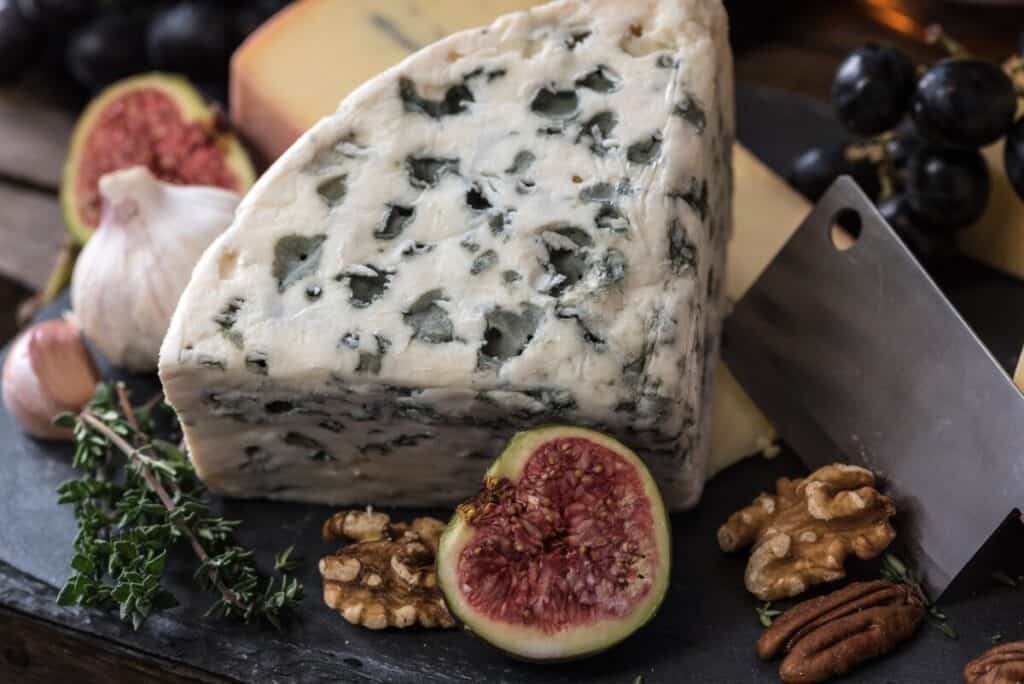


Choose Your Favorites From The List
In planting, you can use this list of herbs to enhance your garden and your kitchen; our own herb gardens give us beauty, flavor, and fragrance. It is fascinating to remember that the herbs from our gardens are, and have always been, essential to cooking, both around the world and down the centuries.
Our Herbal Connections
History tells us that we are eating the same herbs today that people before us cooked with 5,000 years ago. We have all loved their fresh taste and scent, and they are healthy alternatives to fat, sodium, calories, and artificial flavors.
This link will take you to the Mayo Clinic site and its recommendations for the healthy use of herbs in cooking.
How To Decide Which Herbs Will Be Your Favorites?
To select herbs for your garden; choose your favorite cuisine, favorite chef, or source of recipes. You will find herbs and spices in all kinds of food. From the chart above, you can link to articles on specific herbs with growing advice and recipe ideas for each.
Plan Your Herb Garden
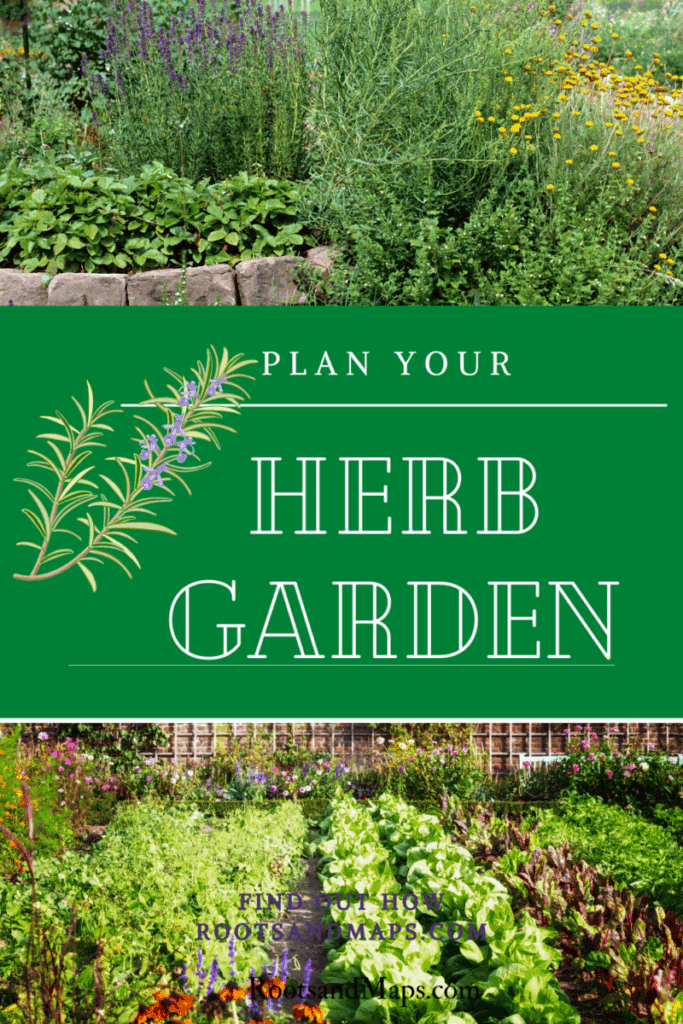
Your herb garden should give you something beautiful to look at, and great flavors to eat, the herbs you grow should be remarkably cost-effective and benefit the environment too.
Herbs are beautiful, scented plants of primarily small size. This means that everyone can grow fresh flavors for the kitchen. A small plot of land near the kitchen door or pots and hanging baskets on the patio or the balcony will fill your kitchen. Many herbs can be brought Indoors in Winter to live in a sunny window. Perennial herbs, planted once, will return for years to come, and they are remarkably drought-tolerant once established.
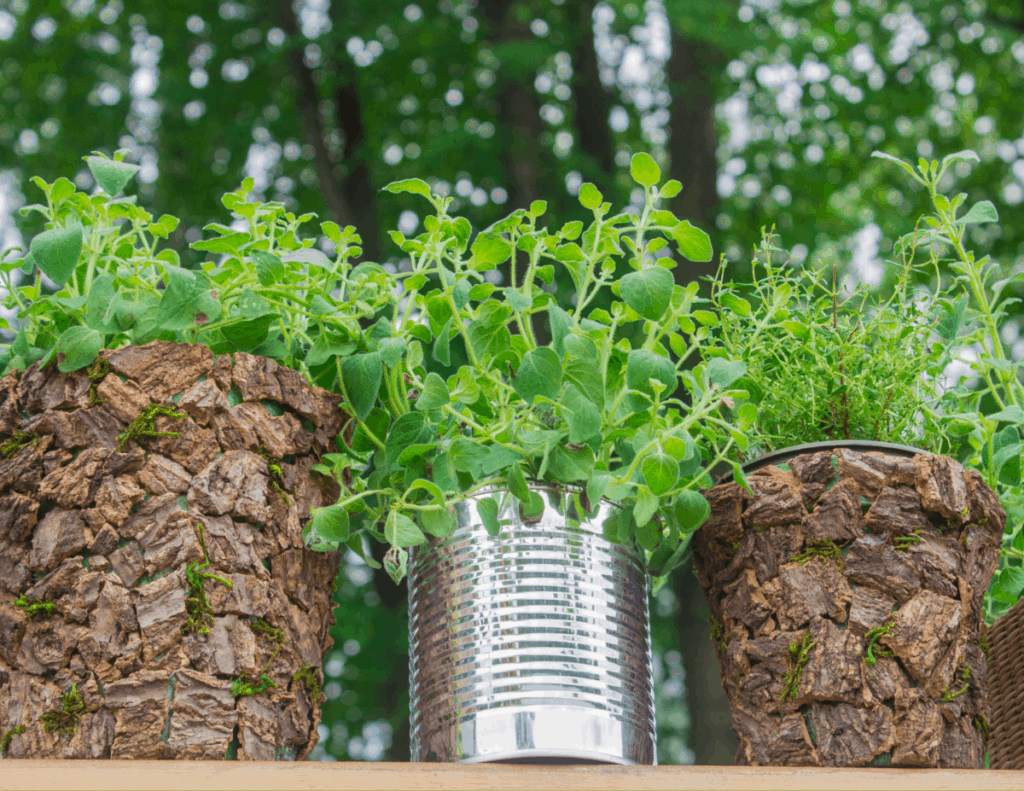
Shakespeare’s Knot Garden-My Definition of a Perfect Garden!

The garden in the featured image at the top of this post is a recreation of what we believe William Shakespeare planted. It is located at the site of his home, “New Place,” in Stratford Upon Avon. Here is a fuller description of a visit to five gardens related to his life. Tudor gardeners liked to combine culinary herbs with ornamental plants in decorative “Knot Gardens.”
A perfect garden? My definition is beautiful around you and enhances life, being useful to people or animals. What’s yours?
Take the advice of a 16th-century digger; herbs blend well with flowers and shrubs. They are edible and beautiful to look at. Shakespeare’s generation loved to entertain in the garden with story and song.
Include these Features: Sun-Water-Soil!
The Three Features of a Successful Herb Garden
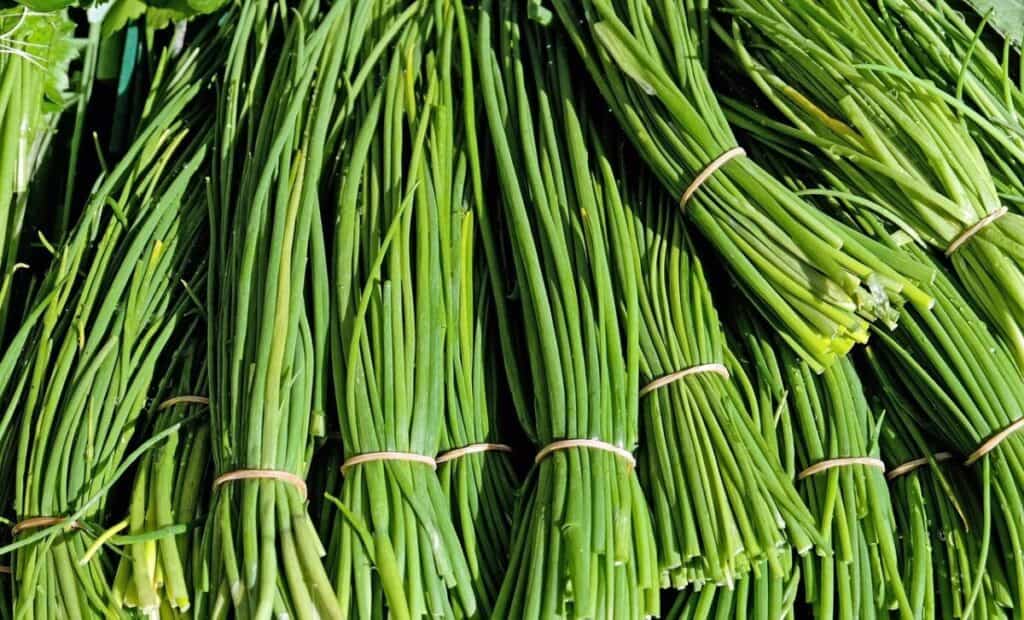
When planning your garden, keep these simple facts in mind. Most herbs are sun-loving plants with many having Mediterranean origins. They require three features in a garden;
- the sun,
- reasonable water,
- well-draining soil,
Herbs, Their Beneficial Health Effects
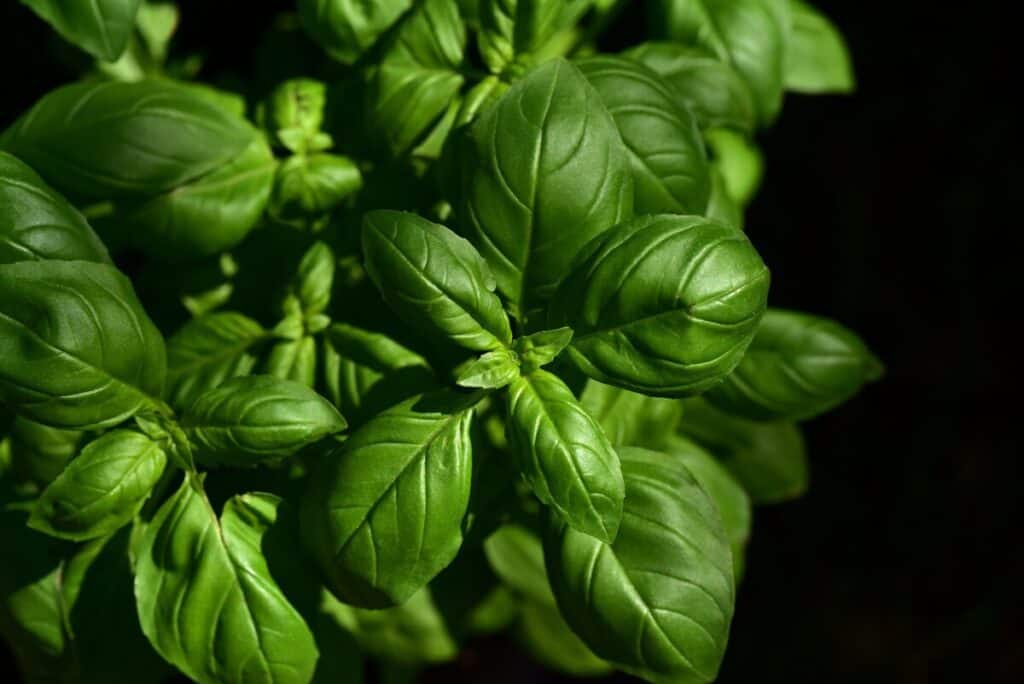
We learn that eating herbs may help with heart disease, cancer, and diabetes. It also appears that herbs may help reduce blood clots and have anti-inflammatory and anti-tumor properties.
Herbs are simple to grow and become useful to us with small investments of time. I can buy a small and inexpensive bright green basil plant, and within a few weeks, our family will be eating fresh pesto!
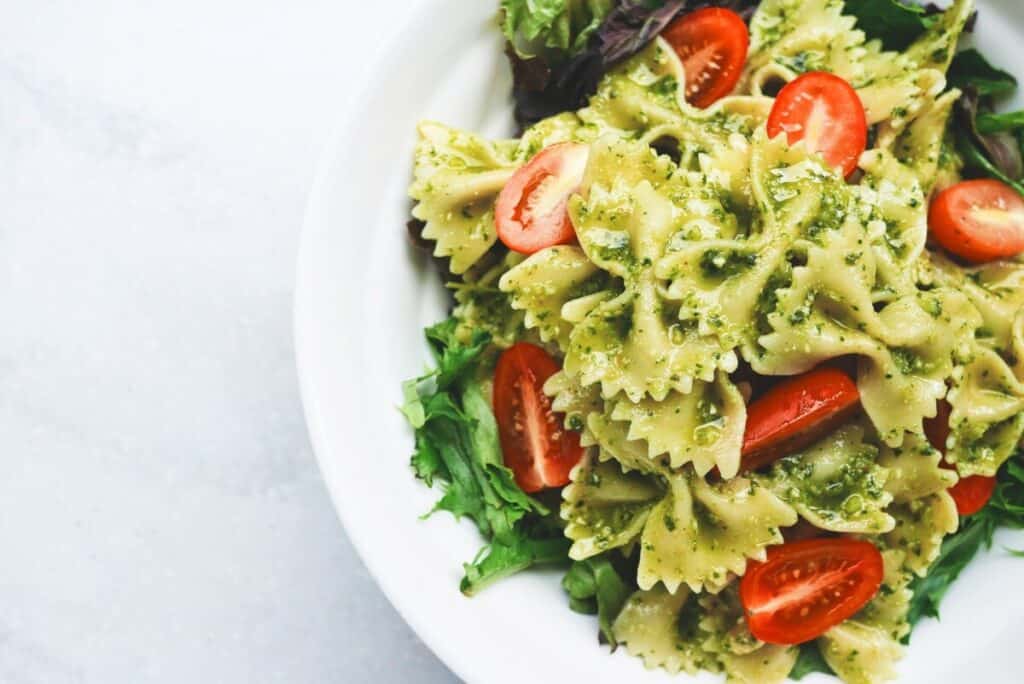
Cost and Convenience: Becoming A More Inventive Cook With Garden Herbs
Every herb grower I know says the same thing. If I have herbs fresh in the garden, I always find ways to use them. They say I am a more inventive cook. Try it; it’s true.
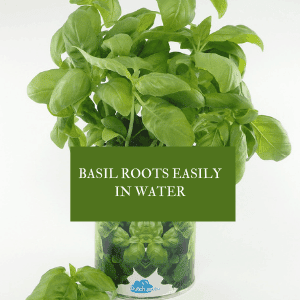
Growing your own herbs is cost-effective: you should spend less for a small fresh herb plant than for a package of herbs in the grocery store! Also, many herbs are easy to propagate; we take small cuttings and create new plants.
Here’s an example. I use a lot of fresh basil, and the plant I bought long ago is now many new plants, and countless meals are long since eaten with more to come.
Uses For The Herbs You Grow
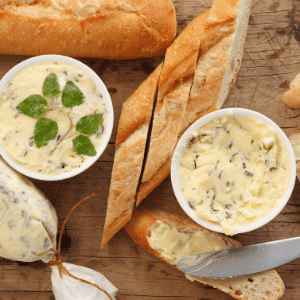
How you cook and how you like to eat should dictate your choices in the herb garden. Do you like Mediterranean food? The group of herbs originating in that region will be useful to you.
Are you a baker? Herbed bread is delicious, and you can accompany it with your own compound butter. How to make compound butter.
In addition, your roasts and barbecue and soups, salads, and fruit dishes will benefit.
Where To Put Your Herb Garden
Position the garden where you have sun and space. If you have no space, plant in your flower garden or in pots on your patio.
These beautiful and decorative chives are sharing the garden with flowers.
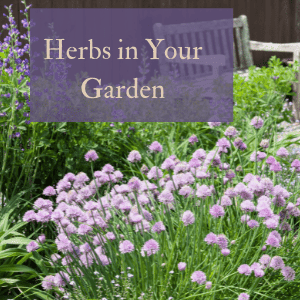
How To Get Started
Laying Out Your Herb Garden
Convenience
Choose a convenient location. This might be the most important feature of the herb garden. If it is easy to reach the herbs, you will use them daily. If your sunny location is not near the kitchen door, you can add a few herbs you like the most to a pot near the kitchen.
Sun
Effective use of the sun is the second most important feature. Herbs grown in the sun have richer color, better flavor, and more essential oils. In most climates, this means six to eight hours of sun. In my South Florida zone 10 climate, we look for afternoon shade for our herb garden.
The layout can be as simple as a few plants in containers or raised beds. Herb plants are attractive and share the same growing conditions as much of the flower garden. If the flower garden works for you, use it. Here is an article published by Sunset magazine. It has some useful.
Choosing Which Herbs To Grow
You will want to grow herbs that enhance the food you like to eat. Trying a few new herbal flavors may give you some good ideas. How to find the flavors you want and from plants, you can grow successfully?
There are posts on this site that provide detailed information on each specific herb, use the chart above to help you find herbs that enhance your meals and will grow in your local garden conditions.
Annual, Perennial, Biennial-See The Chart Item 3
- Annual-Plant completes its entire life cycle, seed, to flower, to seed, in one growing season. You will start a new plant each year.
- Perennial-Plant will persist for many years. Usually, the top part dies back in the fall and reappears the next spring.
- Biennial-Plant leads its entire life cycle in two years.
Gardeners living on the edge of plant hardiness zones can have slightly different experiences. So for my humid South Florida garden, some Mediterranean sun lovers fail in summer. These tend to be Oregano, Lavender, Thyme, and Cilantro. Summers vary, but these are our risks.
Can I Bring My Garden Herbs Indoors For The Winter?

Try it; you will at least extend your months of eating cost-effective fresh herbs. Here are my best ideas for doing just that.
The single biggest factor in your success will be providing the 6-8 hours of sun that most herbs need. Your south-facing windows may be sufficient. Otherwise, look into grow lights. There are versions you can attach to the bottoms of kitchen cabinets.
The second factor is water. We tend to be guilty of overwatering, and my best ideas for avoiding this are in the article.
My Winter Herb Garden

In our zone 10 South Florida herb garden winter is our most productive period. The cool weather improves our chances with delicate herbs, and we grow cilantro, chervil, and dill with abandon. Here is “December in the South Florida Garden” to show you how it works. If you have or might like to have a little place in the sun, this will help you.
In October, we like to have our winter herbs planted, here is what goes on in Zone 10 South Florida in the Garden: ‘It’s October in the South Florida Garden.‘
Herbs That Survive The Hottest Days of Summer
We garden in North America’s only tropical environment, South Florida, here is a list of the most heat-tolerant herbs.
How To Use The Chart
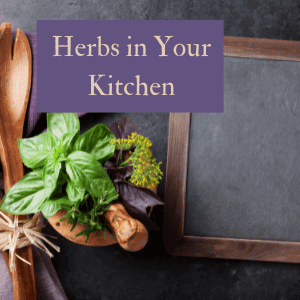
Use the chart to identify features you can use in the kitchen, including flavors you love and how they impact the food you prefer to cook.
Summary,
The Value Of Herbs As An Attractor Of Beneficial Insects
All gardens are victims of damaging insects at one point or another. Herbs have additional value in our environment by being Insectary plants. That means that they are capable of attracting those insects that are natural enemies of the pests that damage our flowers and food. Here is a discussion of Integrated Pest Management and its use of beneficial insects from the University of California.
How This Works
The herbs provide nectar and pollen to the adult insect; the garden is paid back for this service by the offspring of the insect who are in need of dinner. They are either predators or parasites of the bugs that damage the garden.
Here are some ideas that may work in your garden.
Ladybugs
Ladybugs eat damaging aphids. scale, mealybugs, leafhoppers, mites, and other insects. They are attracted by dill, cilantro, fennel, oregano, thyme, and yarrow.
Lacewings
These are beautiful green insects with translucent wings. Their larvae are voracious eaters of aphids and beetles, so much so that they are called Aphid Lions. Lacewings are attracted to angelica, caraway, tansy, yarrow, dill, fennel, and cilantro.
Parasitic Wasps
Fortunately, not stinging, parasitic wasps are small, and they attack predators by laying their eggs in or on the predator. If parasitic wasps were movies, they would be horror movies! The eggs hatch and then eat their way out! They will attack tomato hornworms, cabbage worms, bagworms, squash vine borers, and Japanese beetles.
Parasitic Wasps look for dill, fennel, lemon balm, thyme, cilantro, and yarrow.
Hoverflies
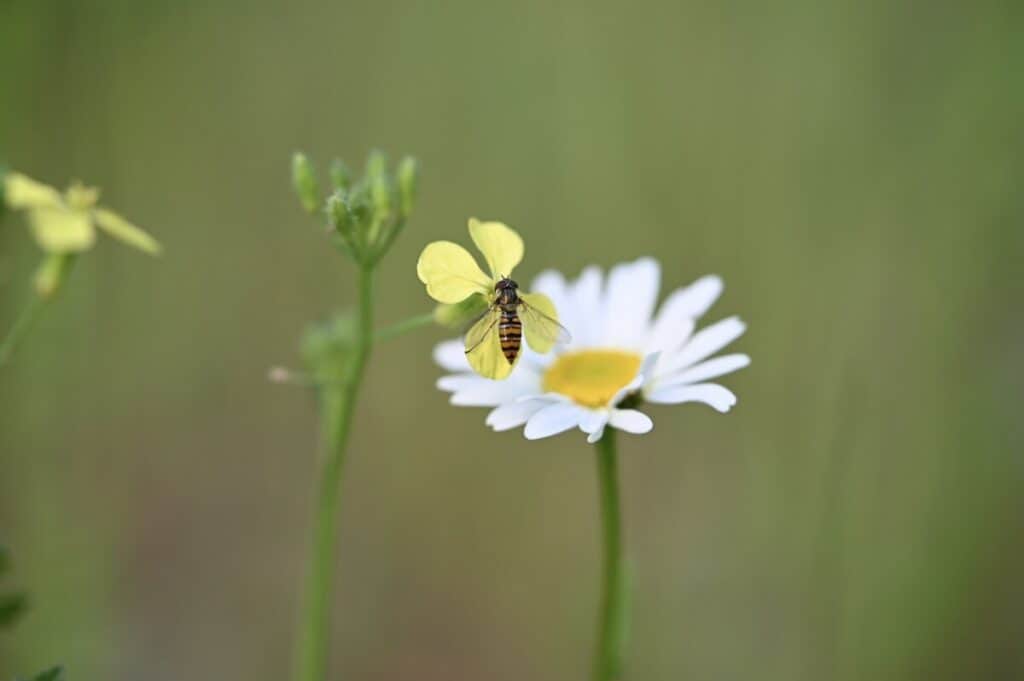
Hoverflies look like little wasps with yellow bands. Their larva will eat aphids, mealybugs, and other caterpillars. They hover, hummingbird style as they drink nectar from herbs. Their favorites include yarrow, cilantro, dill, fennel, feverfew, and lavender.
Beneficial insects will stay in the garden and produce offspring if there is something to eat. If you see, for example, aphids, wipe or wash them off and wait a bit on the insecticides. Beneficial insects will often show up.
The Real Value Of The Herb Garden
The herb garden is perhaps the smallest, simplest garden that gives us a sense of self-reliance. We have the active benefits of life in the garden, plus we bring home our produce and feed the family.
Hesiod, The Gardening Poet
I like to read what smart gardeners have to say, and one of my favorite garden writers was a Greek poet called Hesiod, who lived 3000 years ago. (That’s several hundred years before what we call “Classical Greece”) You will notice that there are a lot of gardeners whose ideas can last a remarkably long time!
Hesiod was a philosopher and with Homer, one of the most valued poets of early Greece. He wrote about the beauty of farming life. One famous work, studied by scholars today, is called “Works and Days.” It’s about farming, morality, and life in the country.
Both historians and gardeners value his stories today because they provide us with a view of what a farmer’s life was in primitive times, and how so much of it applies to us today.
It consists of advice to farmers; when to plant, when to harvest, how to read the skies, and how to take good care of animals. It was also his philosophy, his deeply held belief that it is work that creates success. (Hesiod wrote that sleeping till dawn was a little too long! To him, it was diligence, the actual ethic, that created a surplus.
Hesiod said that “work is no disgrace-the disgrace is idleness”-he admired the diligent digger; it was his view of how to lead a good life.
Happy digging and never forget Cicero!
Some Resources You Can Use
‘Herbs to Grow in Partial Shade.’-Herbs are generally sun-loving plants, this is not much fun if your best garden spots are shady. Here are plants you can have success within your partially shaded garden.
